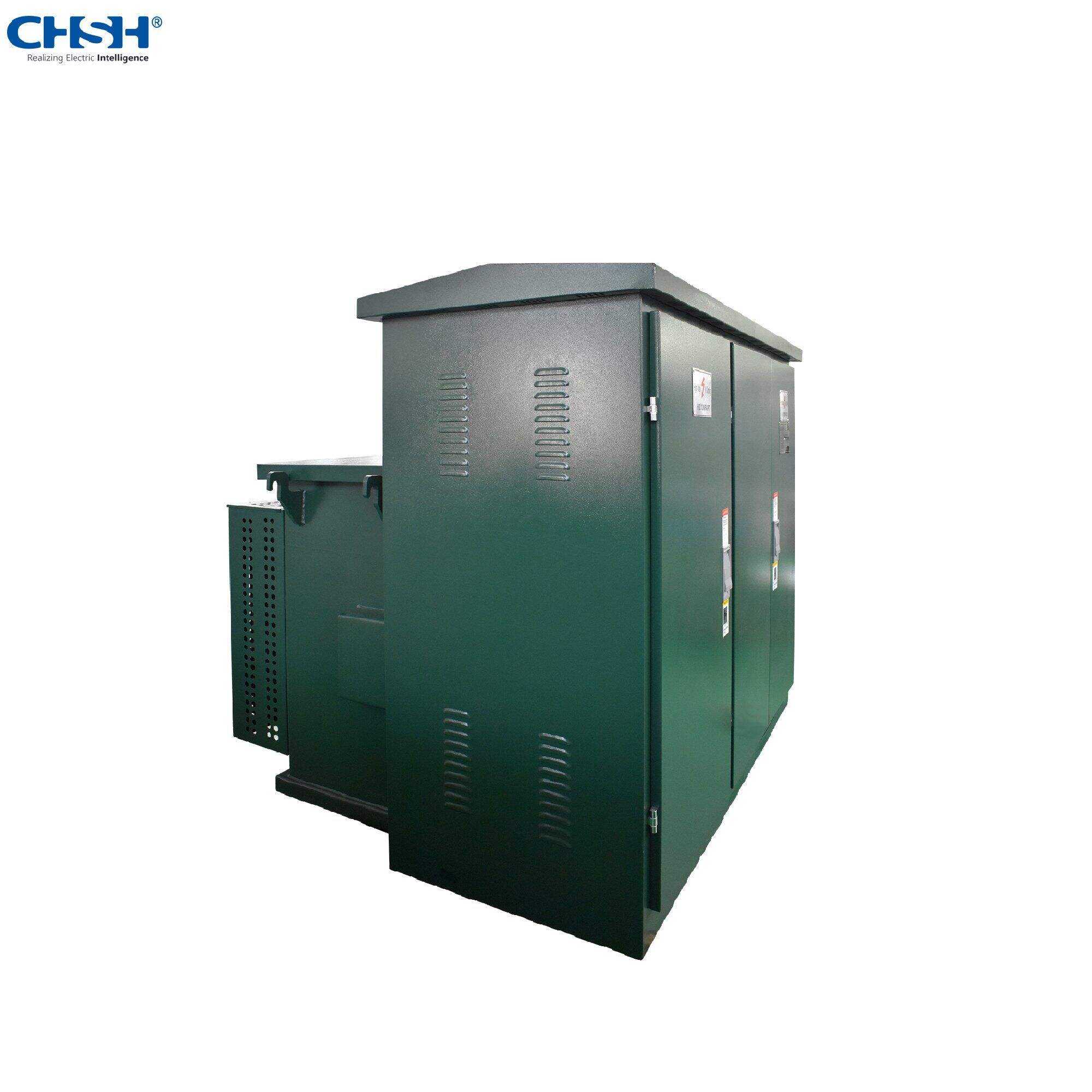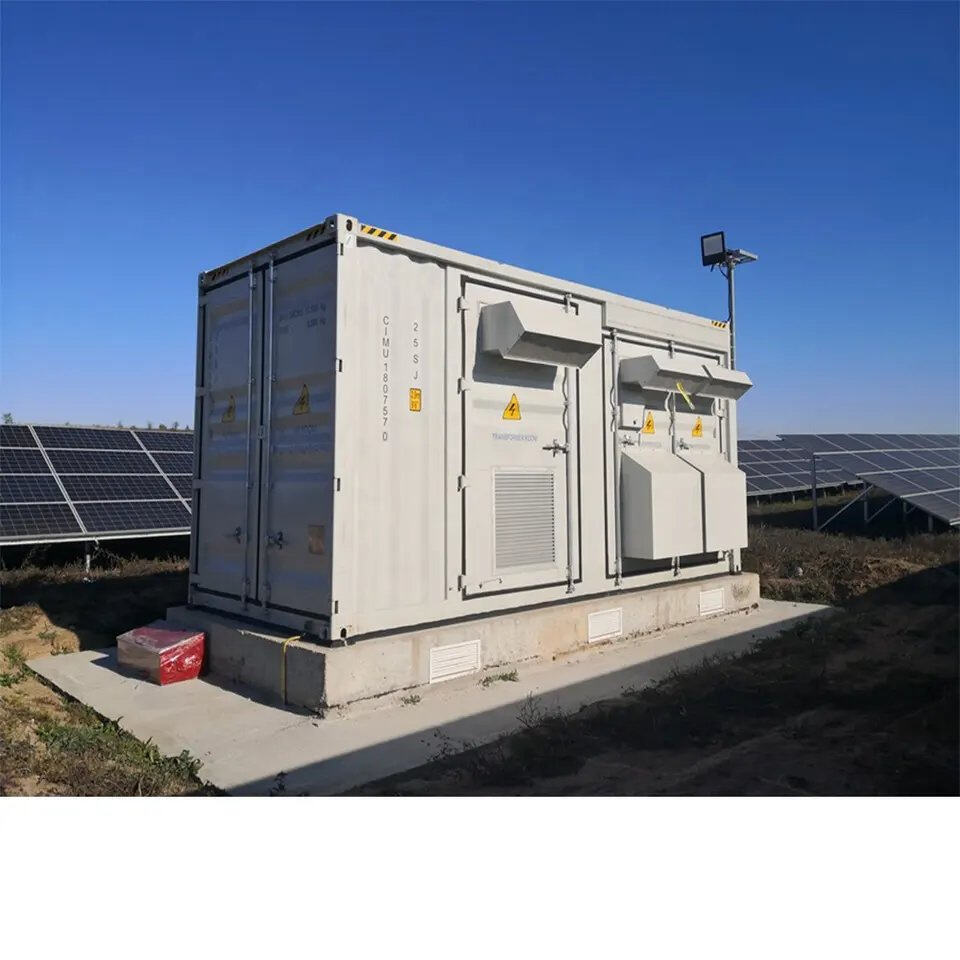single phase isolation transformer
A single phase isolation transformer is a crucial electrical device that provides galvanic isolation between primary and secondary circuits while maintaining power transfer. This specialized transformer features two electromagnetically coupled windings that are physically separated, effectively preventing direct electrical connection between input and output circuits. Operating at standard frequencies of 50 or 60 Hz, these transformers offer essential safety features by blocking DC components and protecting against electrical noise and interference. The transformer's core is typically constructed from high-grade silicon steel laminations, designed to minimize energy losses and ensure efficient operation. The primary winding receives input voltage while the secondary winding delivers the isolated output voltage, with various turns ratios available to accommodate different voltage requirements. These transformers excel in applications requiring electrical isolation for safety, noise reduction, or ground loop elimination. They are widely utilized in medical equipment, industrial control systems, audio equipment, and sensitive measurement devices. The isolation barrier provides protection against electric shock and helps comply with safety standards by preventing dangerous voltage transfers between circuits. Modern single phase isolation transformers often incorporate additional features such as electrostatic shielding, thermal protection, and robust enclosures for enhanced performance and reliability.


